Switzerland, Central Europe

Switzerland
facts and history in brief
Matterhorn
Excerpted from Wikipedia, the free encyclopedia.
The Matterhorn (Fr. Mont Cervin, It. Cervino), is
perhaps the most familiar mountain in the Alps.
Located on the border between Switzerland and Italy,
its graceful pyramid towers over the Swiss town of Zermatt
and the Italian town Breuil-Cervinia in the Val Tournanche.
The mountain has four faces, facing the four compass
points, with the north and south faces meeting to form
a short east-west summit ridge.
The faces are tremendously steep, and only small patches
of snow and ice cling to them; regular avalanches send
the snow down to accumulate on the glaciers at the base
of each face.
The Hornli ridge of the northeast is the usual climbing
route.
The Matterhorn was the last major mountain of the Alps
to be climbed, not merely because of its technical difficulty,
but of the fear it inspired in early mountaineers.
The first serious attempts began around 1858, mostly
from the Italian side, but despite appearances, the
southern routes are harder, and parties repeatedly found
themselves on difficult slippery rock and had to turn
back.
It was not until 14 July 1865, after several failed
attempts, that the party of Edward Whymper, Charles
Hudson, Lord Francis Douglas, and Douglas Hadow, with
Michel Croz and the two Peter Taugwalders (father and
son) tried the Hornli route and found it considerably
easier than anybody expected.
But on the descent Hadow slipped, knocking Croz off
his feet, and dragging Hudson and Douglas with him.
All seven were tied together (a practice long since
abandoned), and would no doubt have been lost, but the
rope broke, sending the lower four to their deaths on
the Matterhorn Glacier 1,400 m below.
The bodies of all but Douglas were later found, and
are buried today in the Zermatt churchyard.
Three days later, on 17 July, a party led by Jean-Antoine
Carrel reached the summit from the Italian side.
Julius Elliott made the second ascent from the Zermatt
side, in 1868, and soon after John Tyndall traversed
the summit.
In 1871, Lucy Walker became the first woman to stand
atop the mountain, followed a few weeks later by her
rival Meta Brevoort.
Today, all ridges and faces of the Matterhorn have been
ascended in all seasons, and climbing guides take thousands
up the Hornli route each summer.
By modern standards, the climb is technical but easy,
and there are fixed ropes all along the route to simplify
things. The usual pattern is to take a cable car up
from Zermatt, hike up to the Hornli-hutte (elev. 3,260
m), a large stone building at the base of the main ridge,
and spend the night.
The next day one rises very early, 2-3 am, so as to
reach the summit and descend before the regular afternoon
clouds and storms come in.
External links
This information was updated & correct in December
2004. E. & O.E.
All text is available under the terms of the
GNU Free Documentation License (see
Copyrights for details).
About
Wikipedia
Disclaimers

Awesome.

You can click on
these photos for an enlargement
 |
 |
 |
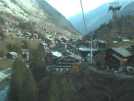 |
| Matterhorn |
Matterhorn |
Matterhorn |
Matterhorn |
 |
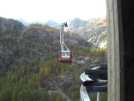 |
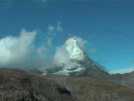 |
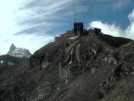 |
| Matterhorn |
Matterhorn |
Matterhorn |
Matterhorn |
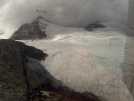 |
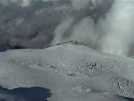 |
 |
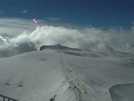 |
| Matterhorn |
Matterhorn |
Matterhorn |
Matterhorn |
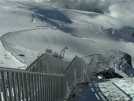 |
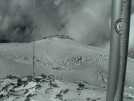 |
 |
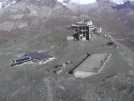 |
| Matterhorn |
Matterhorn |
Matterhorn |
Matterhorn |
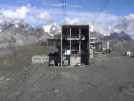 |
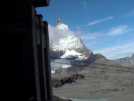 |
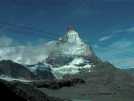 |
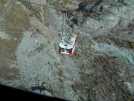 |
| Matterhorn |
Matterhorn |
Matterhorn |
Matterhorn |
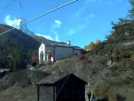 |
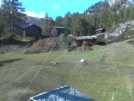 |
 |
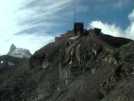 |
| Matterhorn |
Matterhorn |
Matterhorn |
Matterhorn |

Site
Index
Back to Top
Photos Index
Thanks for coming, I hope you
have enjoyed it, will recommend
it to your friends, and will come
back later to see my site developing
and expanding.
I'm trying to make my pages
enjoyable and trouble free for everyone,
please let me know of any mistakes
or trouble with links, so I can
fix any problem as soon as possible.
These pages are best viewed with monitor
resolution set at 640x480 and kept simple
on purpose so everyone can enjoy them
across all media and platforms.
Thank you.
You can e-mail me at
Webmaster

|